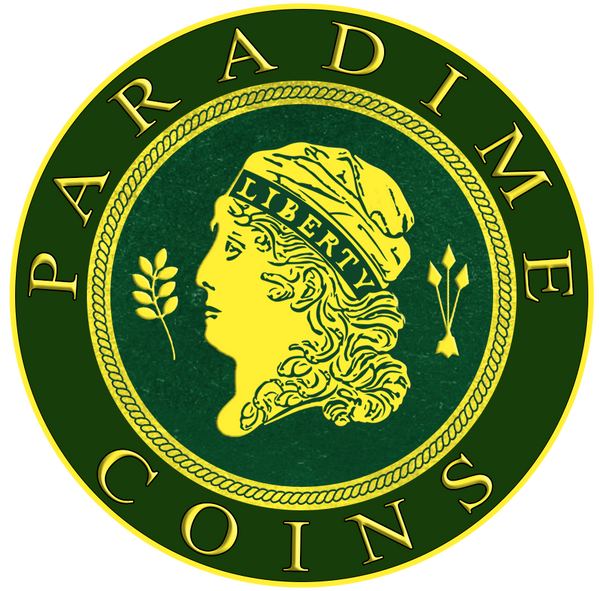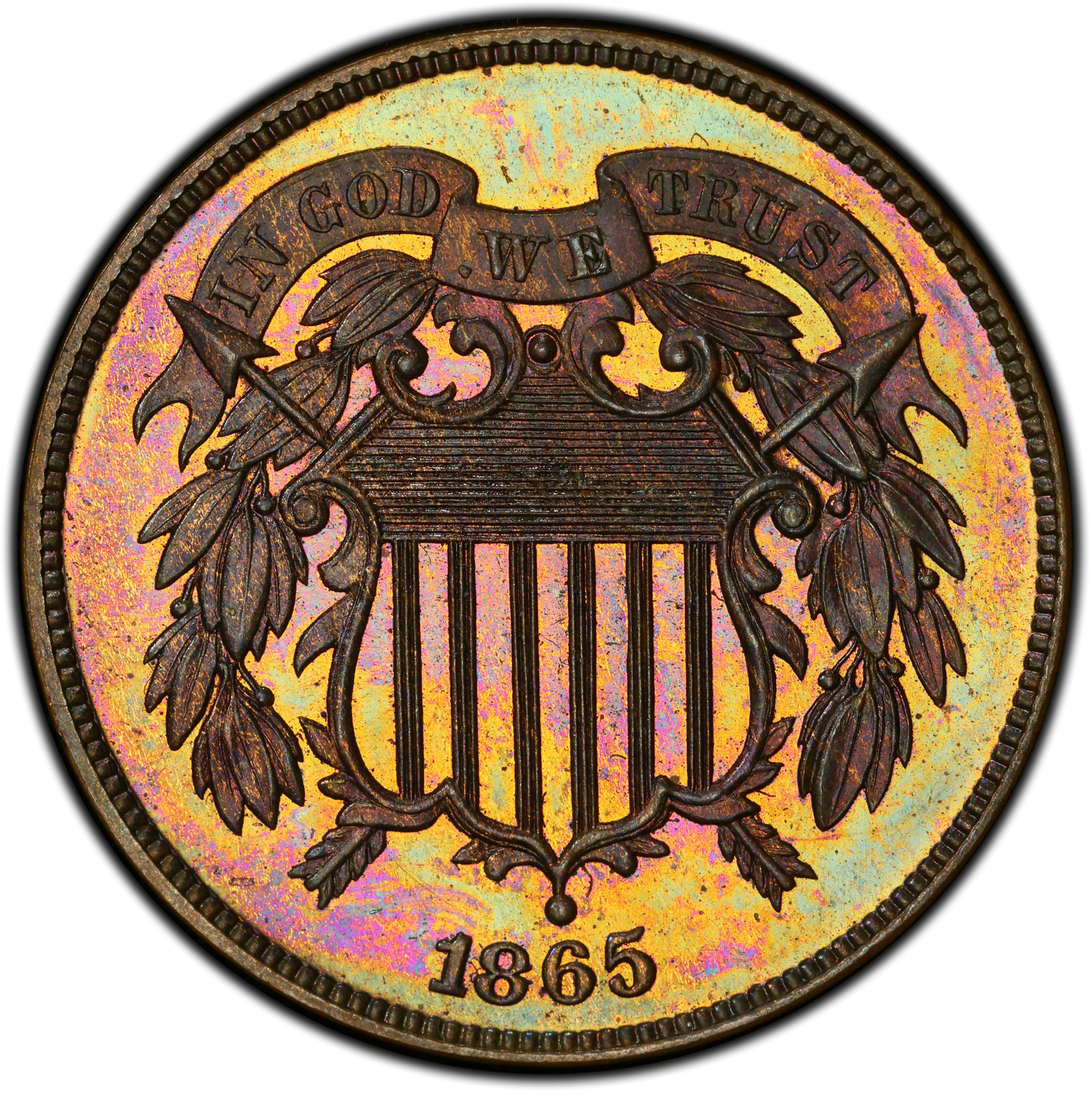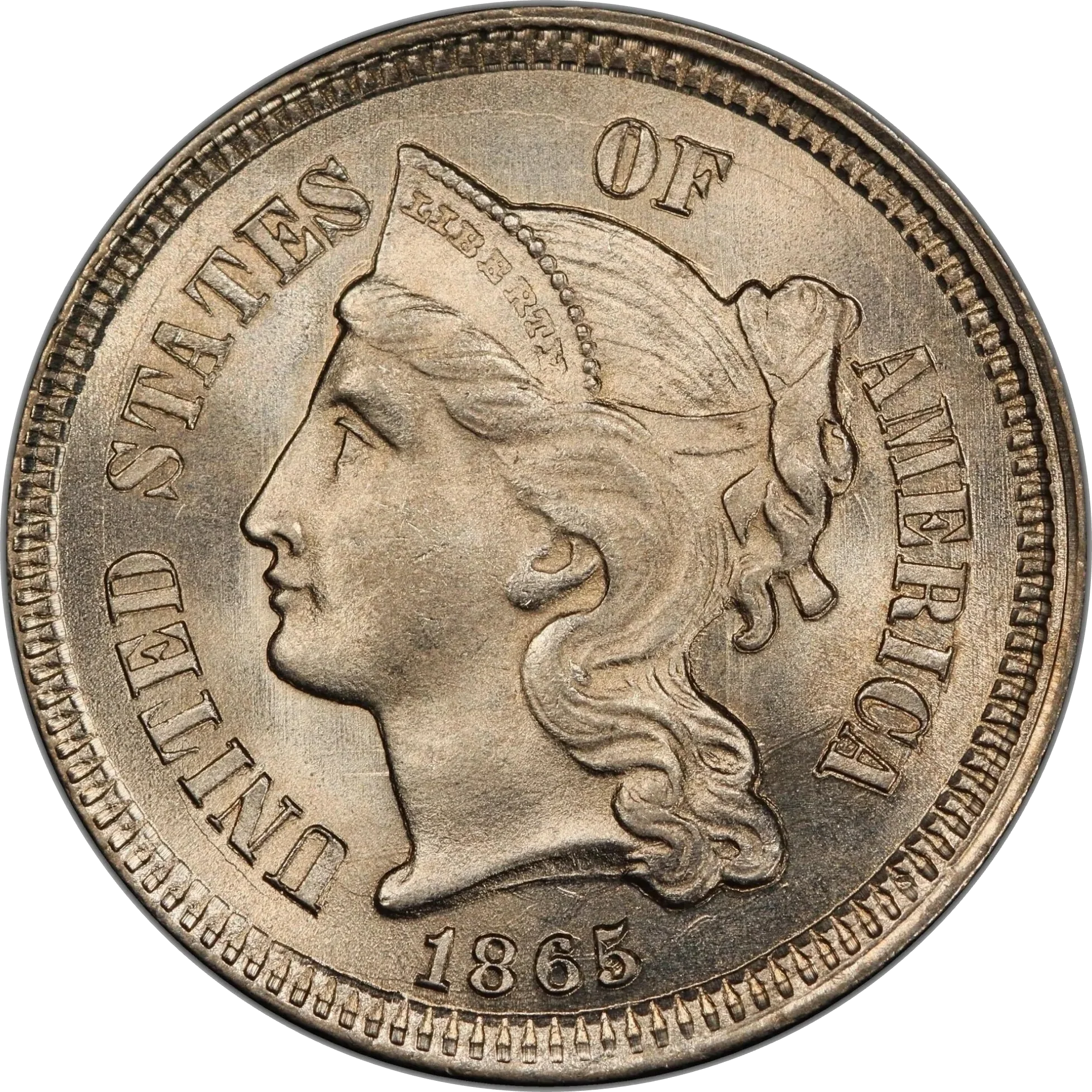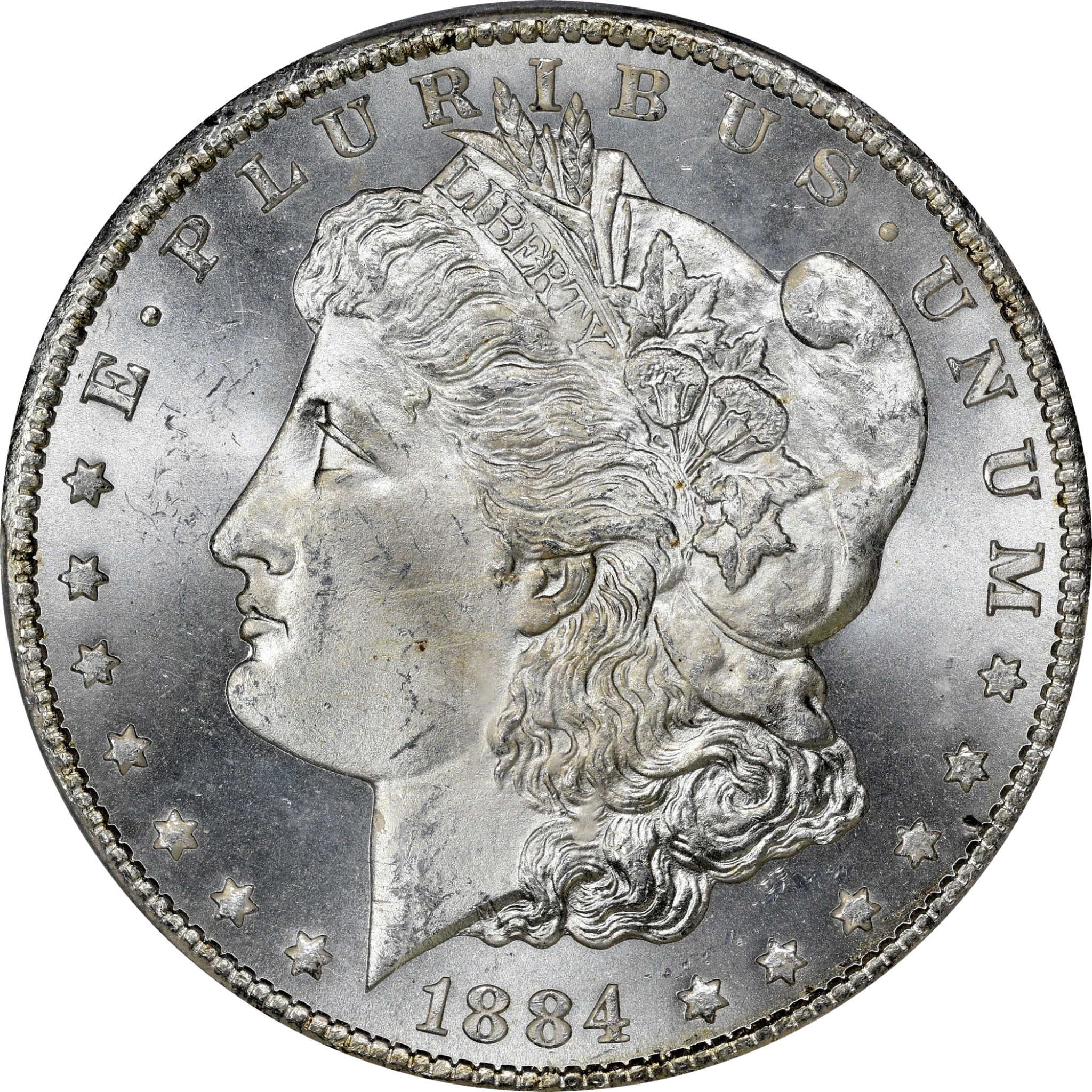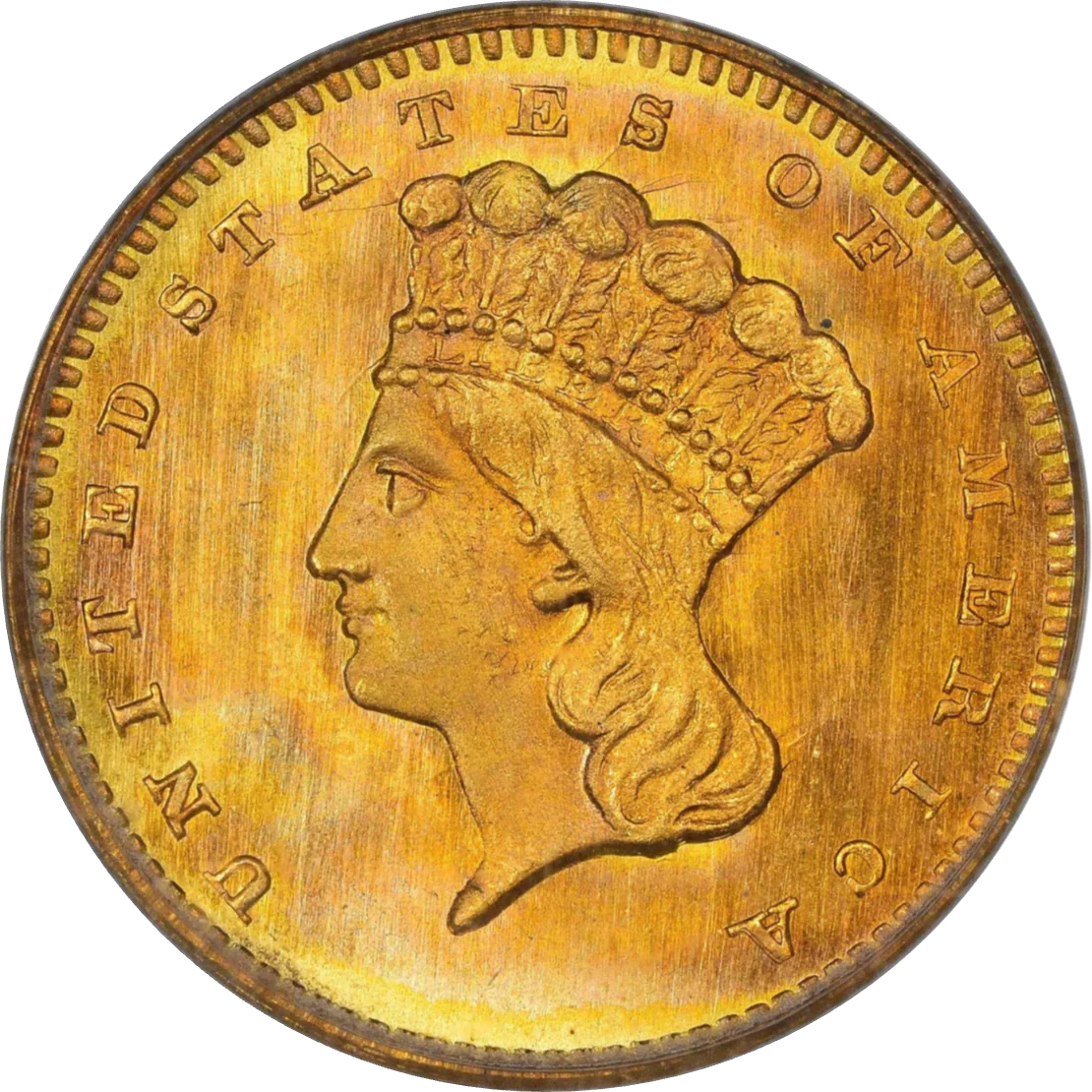Collection: Type 1, FIVE CENTS Raised
No products found
View All Inventory
Designed by: James E. Fraser
Issue Date: 1913
Composition: 75% copper, 25% nickel
Diameter: 21.2 mm
Weight: 5.00 grams (77.16 grains)
Edge: Plain
Business Strike Mintage: 38,434,270
Proof Mintage: 1,250
In 1913, the long-serving Liberty Head nickel, first introduced in 1883, was officially replaced by a bold new design: the ... Read More
Designed by: James E. Fraser
Issue Date: 1913
Composition: 75% copper, 25% nickel
Diameter: 21.2 mm
Weight: 5.00 grams (77.16 grains)
Edge: Plain
Business Strike Mintage: 38,434,270
Proof Mintage: 1,250
In 1913, the long-serving Liberty Head nickel, first introduced in 1883, was officially replaced by a bold new design: the Buffalo nickel, more properly known as the Indian Head nickel, created by renowned sculptor James Earle Fraser. The obverse features a powerful composite portrait of a Native American, modeled from life using three different tribal figures. The word LIBERTY is placed near the upper right rim, while the date appears at the lower left. The reverse depicts a majestic American bison, commonly referred to as a “buffalo,” modeled after a live specimen at the Bronx Zoo. The animal stands atop a raised mound, with UNITED STATES OF AMERICA and E PLURIBUS UNUM inscribed above, and FIVE CENTS set into the mound below—marking this first iteration as the Type I design.
This high-relief mound created a functional issue: the FIVE CENTS inscription wore down quickly in circulation. In response, the U.S. Mint revised the reverse later that same year, lowering the relief and placing the denomination in a recessed area—thus producing the Type II design. This change improved durability and became standard for subsequent Buffalo nickel years.
Business strikes of the 1913 five cents Buffalo nickel were issued from the Philadelphia, Denver, and San Francisco Mints, with Philadelphia accounting for the majority of the mintage. Additionally, the Philadelphia Mint struck 1,250 Matte Proofs for collectors. These Proofs, characterized by a distinctive sandblasted finish, are today among the most desirable issues of the early 20th century.
Examples of the 1913 Type I Buffalo nickel are widely available in grades from About Good through Uncirculated, making them accessible for type collectors. Superb Uncirculated examples—particularly those with full horn detail and bold luster—are scarcer but obtainable. Matte Proofs are considerably rarer in the marketplace, with likely fewer than a few hundred surviving today. Due to the visual similarities between early business strikes and Matte Proofs, particularly in lower grades, collectors should seek certified pieces and rely on diagnostic features when attributing such coins.
The Buffalo nickel series, which spans from 1913 through 1938, includes popular dates such as the 1924 Buffalo nickeland the 1930 five cents, both of which are frequently collected for their distinctive design and historical significance. Today, the five cents Buffalo nickel stands as a cornerstone of early 20th-century American coinage, admired for its artistry, rugged appeal, and enduring role in American numismatic history.
... Read Less